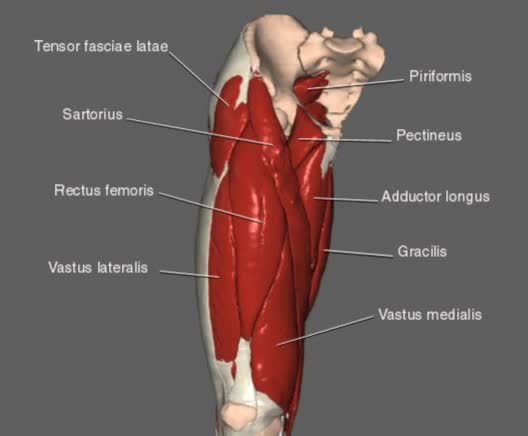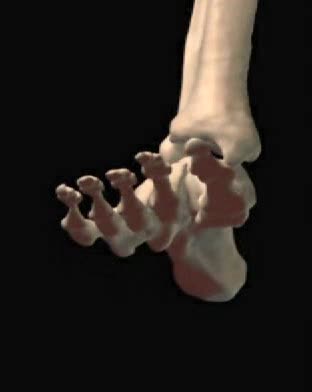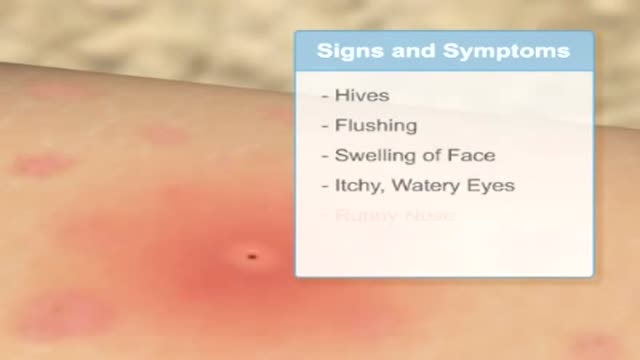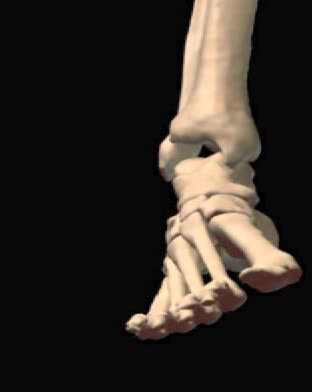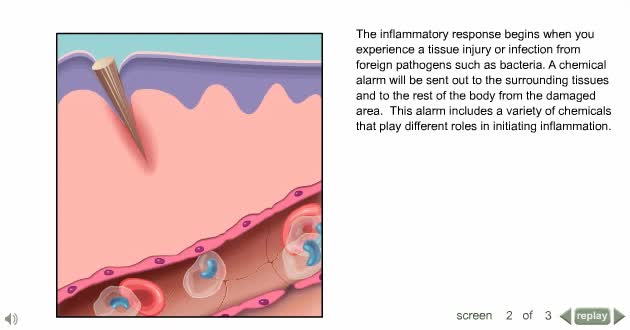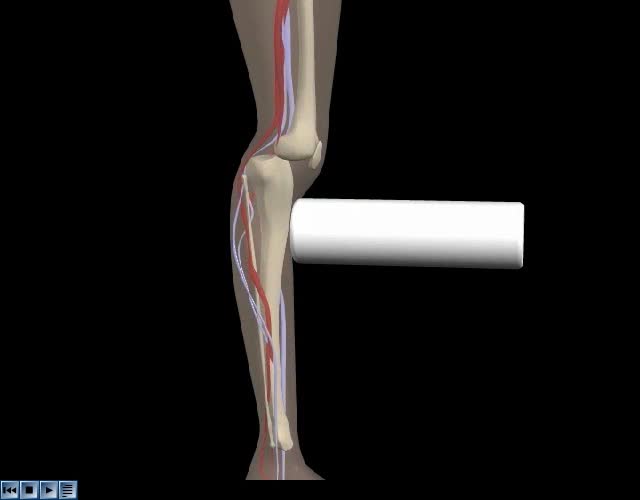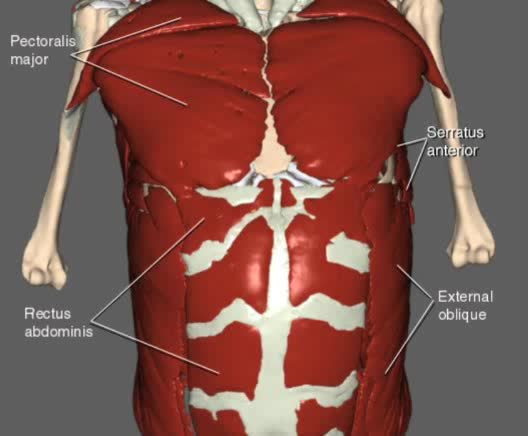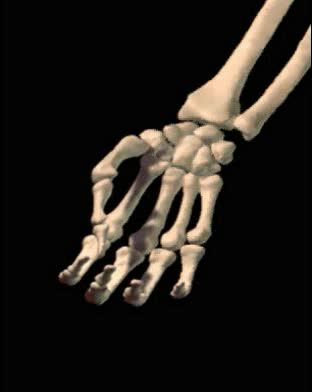Search Results
Results for: 'Epileptic Seizure Animation'
Hip and Thigh Movement Animation
By: Administrator, Views: 428
- The 3 hamstring muscles (biceps femoris, semimembranosus and semitendinosus) – these muscles form most of the flesh of the back of the thigh; they flex the knee and extend the hip; - Gluteus maximus muscle (buttock); and, - Gracilis, sartorius and plantaris muscles.
By: Administrator, Views: 372
Ankle dorsiflexion essentially means moving your foot so that your toes get closer to your knee.
By: Administrator, Views: 14445
An epinephrine auto-injector is a medical device for injecting a measured dose or doses of epinephrine by means of autoinjector technology. It is most often used for the treatment of anaphylaxis. The first epinephrine auto-injector was brought to market in the 1980s.
By: Administrator, Views: 323
Eversion–Turning outward. Inversion–Turning inward.
By: Administrator, Views: 13536
Inflammation is caused by a number of physical reactions triggered by the immune system in response to a physical injury or an infection. Inflammation does not necessarily mean that there is an infection, but an infection can cause inflammation.
Brief Summary on Photosynthesis - Animation
By: HWC, Views: 9537
Can increase its weight by 150 pounds as it grows. Where does the new tissue come from? From the soil? From water? Or possibly from the air? The amazing truth is that new material. comes from an invisible gas in the air. In the process of photosynthesis, plants capture carbon dioxide ga...
By: Administrator, Views: 13891
With a sudden meniscus tear, a pop may be heard or felt in the knee. After the initial injury, pain, swelling, and tightness may increase over the next few days. The most common knee injury is the torn meniscus. Although a torn meniscus can happen to anyone, this injury occurs most often to athle...
By: Administrator, Views: 581
Muscles responsible for trunk and abdominal movement.
By: Administrator, Views: 328
Opposition is a composite of the following two motions: Rotation of the thumb into pronation so that the pulp fingers of the thumb and index fingers face one another. Abduction or lifting of the thumb away from the palm of the hand (palmar abduction).
Advertisement



